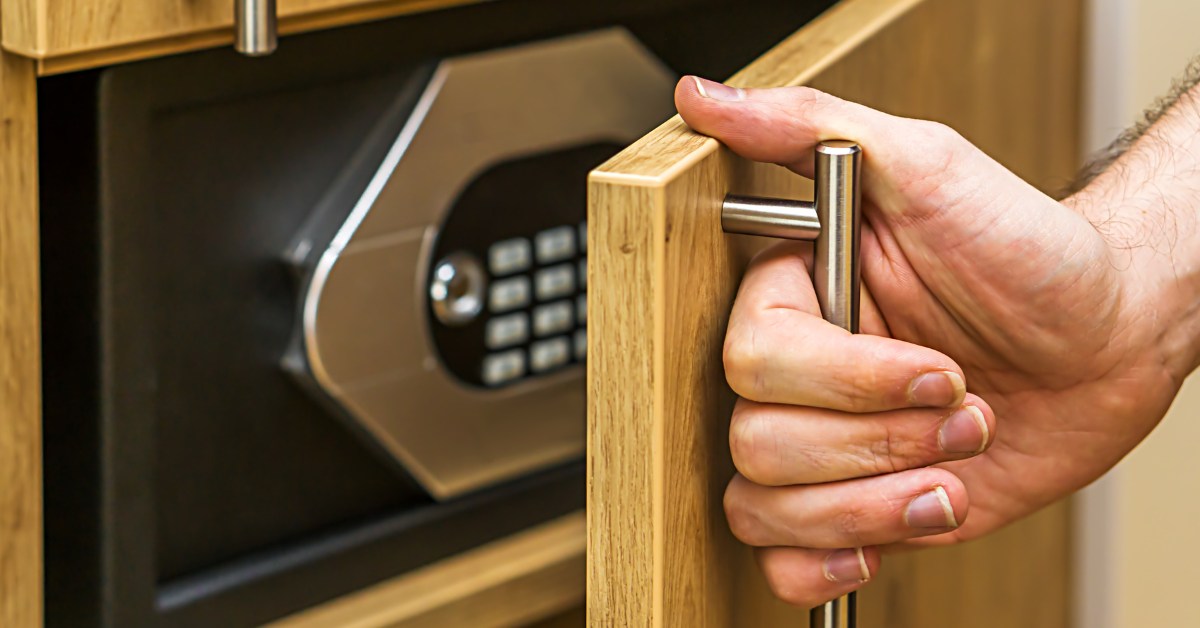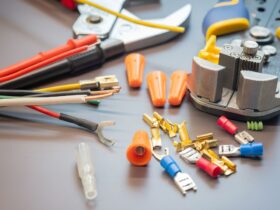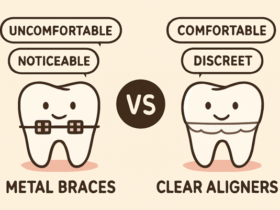So you’ve got a gun safe. It’s heavy, it locks tight, and it’s supposed to keep everything secure. But here’s a question not everyone thinks about: what happens if it gets wet? Like, really wet. Not just a little humid—but soaked from a flood, burst pipe, or even a big storm. Can water actually get inside a gun safe?
Let’s talk about it in a way that makes sense, even if you’ve never thought about safes before. Because the truth is, not every gun safe is ready for water. Some might surprise you by how much they don’t protect.
What Does “Waterproof” Really Mean?
When people hear the word waterproof, they usually think it means “nothing gets in—ever.” But with safes, that’s not always how it works. There’s a difference between being water-resistant and being waterproof.
Water-resistant safes can hold up against light moisture or the occasional splash. But if the safe is sitting in floodwater or exposed to water for hours, that’s when things get serious. To be truly waterproof, a gun safe has to stop water from leaking inside, even when it’s fully submerged or surrounded by water.
Now, this leads to a super common question: are gun safes waterproof? The answer is—it depends. Some are, but many aren’t. Some are designed more for fire resistance or theft protection and might not include features that block water completely. It’s something to check before you trust a safe to protect your most important things.
Can Water Actually Get In?
Yes. And it happens more than people think.
Most gun safes are built solid, but not all are built with flooding in mind. If a safe is missing tight door seals, if it has seams that aren’t welded properly, or if it sits directly on the floor, water can find its way in. Even safes that are super strong on the outside can have weak spots when it comes to keeping out water.
In fact, some fireproof safes use materials that swell up during a fire. That helps block flames and heat, but not necessarily water. And if those seals don’t swell in water the same way, water can still sneak through.
When It Matters Most
Picture this: your basement floods during a storm while you’re not home. You return the next day, open your safe, and everything inside is soaked. Guns might have rusted, documents are ruined, and any digital media is probably done for. That’s when you find out if your safe was really waterproof or not.
Even if there’s no flood, just living in a humid climate can cause trouble over time. Moisture in the air can slowly build up inside the safe if there’s no seal or dehumidifier. That kind of slow damage adds up.
What Helps a Safe Stay Dry?
Some safes are better prepared than others. Here’s what helps:
- Good seals – Quality safes often have rubber or polymer seals around the door. Some even expand when there’s heat or moisture, blocking out water.
- Strong welds – Safes with fewer joints and tighter corners give water fewer ways to sneak in.
- A raised base – A safe that’s off the floor, even by a few inches, avoids the worst part of light flooding.
- Water-friendly interiors – Materials like plastic or treated metals inside the safe won’t soak up moisture as easily.
If your safe doesn’t have these features, it might still be okay, but there’s more risk involved.
What You Can Do to Keep Things Safe
If a fully waterproof safe isn’t in your budget or already in your house, don’t panic. You can still do a few smart things to protect your valuables:
- Store items in sealed containers inside the safe. Think plastic bins or heavy-duty zip bags. They add a second layer of protection.
- Use a dehumidifier. Some small ones are made just for safes. They suck up moisture and help keep the inside dry.
- Don’t place the safe directly on concrete. Concrete pulls moisture from the ground and can make water damage worse. Add a base, bricks, or even a thick wood board underneath.
- Watch where you place the safe. Basements and garages flood more than other rooms. If possible, choose a safer spot, like a closet or higher floor.
After a Flood or Leak
If your safe ever does end up in water, it’s super important to open it as soon as possible. The longer everything sits wet, the worse it’ll get. Open it up, dry everything out fast, and clean anything metal to stop rust.
Some safes have warranties that cover flood damage or even offer replacements. It’s worth checking to see what yours offers before anything happens.
Is It Worth Buying a Waterproof Safe?
Honestly, yes—especially if you live in a flood-prone area or just want extra peace of mind. Waterproof gun safes do cost more, but they protect more. And when you’re storing irreplaceable things, it’s worth the upgrade.
If you’re not ready for a full waterproof model, a smaller waterproof box inside your main safe can help keep the most important things safe—things like passports, money, or old photos.
The Main Thing to Remember
Gun safes are built to protect. But not all of them are built to protect against everything. Water is one of those dangers that’s easy to forget until it’s too late.
So yes, water can get inside a gun safe—if it’s not made to stop it. That’s why it’s important to know what your safe can do and what it can’t. If you’re storing things you care about, take the time to make sure they’re really safe—from everything, not just burglars.
Take a few minutes to look into the features your safe has. Ask questions. Plan ahead. It’s way better to be ready than to find out your “safe” wasn’t all that safe after all.







